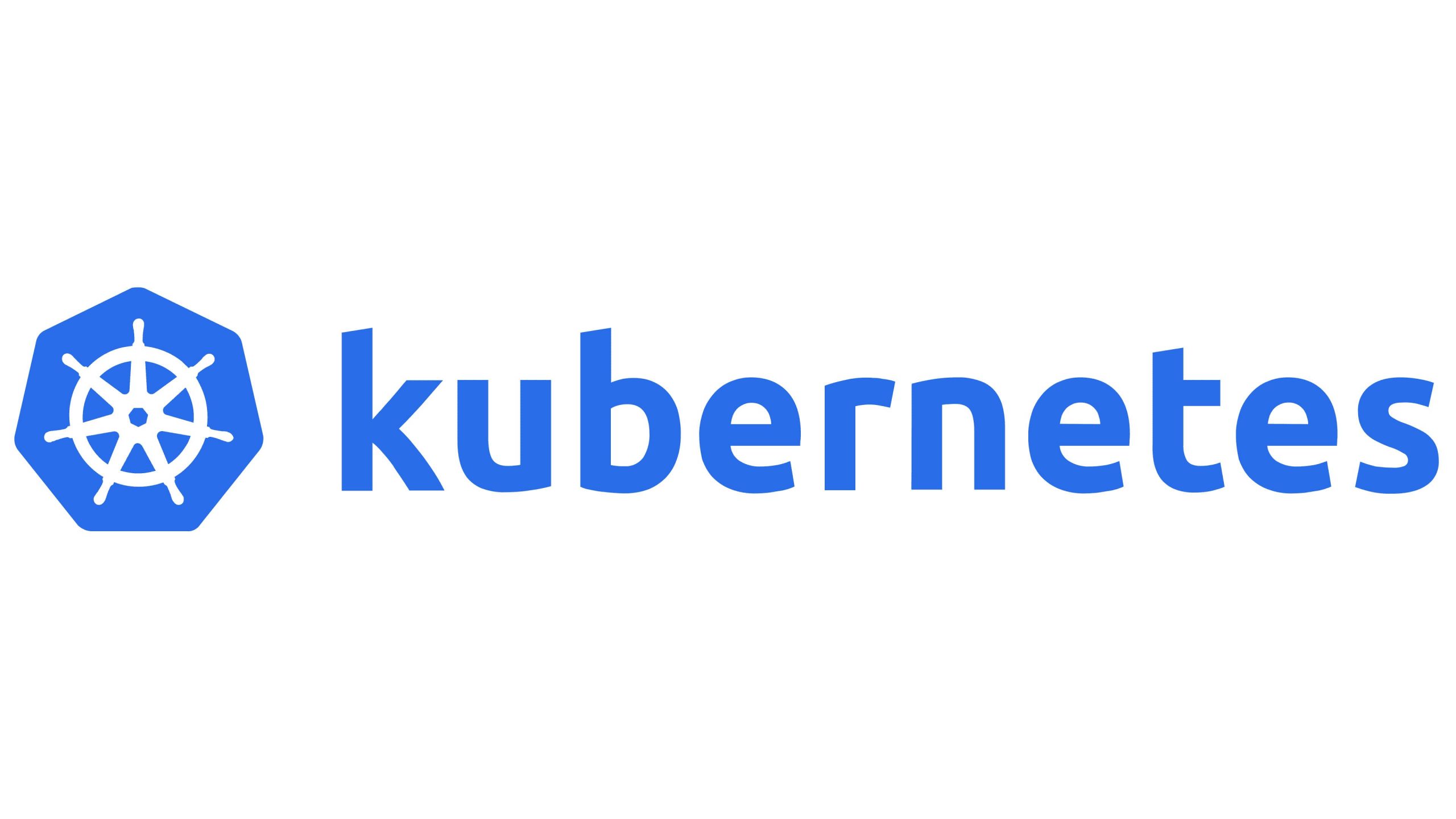Introduction:
Kubernetes Secrets are used to store sensitive information, such as passwords, API keys, and certificates, in a more secure manner than regular configuration data. This guide will cover what Kubernetes Secrets are, how to create them, and how to use them in your Kubernetes applications.
1. What are Kubernetes Secrets?
Kubernetes Secrets are objects that store sensitive information in your cluster, such as passwords, tokens, or other confidential data. They provide a way to decouple sensitive information from your application’s configuration and source code, enhancing security.
2. Creating a Secret
2.1. Imperative Method
You can create a Secret imperatively using the kubectl create secret command. For example, creating a generic secret:
kubectl create secret generic my-secret --from-literal=username=admin --from-literal=password=secretpassword2.2. Declarative Method
Here’s an example of a YAML file for creating a Secret:
apiVersion: v1
kind: Secret
metadata:
name: my-secret
type: Opaque
data:
username: YWRtaW4= # base64-encoded "admin"
password: c2VjcmV0cGFzc3dvcmQ= # base64-encoded "secretpassword"Apply the Secret to your cluster:
kubectl apply -f secret.yaml3. Using Secrets in Pods
3.1. Environment Variables
You can inject Secret data as environment variables into a pod:
apiVersion: v1
kind: Pod
metadata:
name: mypod
spec:
containers:
- name: my-container
image: my-app-image
env:
- name: DB_USERNAME
valueFrom:
secretKeyRef:
name: my-secret
key: username
- name: DB_PASSWORD
valueFrom:
secretKeyRef:
name: my-secret
key: password3.2. Volume Mounts
Mount Secret data as files into a pod:
apiVersion: v1
kind: Pod
metadata:
name: mypod
spec:
containers:
- name: my-container
image: my-app-image
volumeMounts:
- name: secret-volume
mountPath: /etc/secrets
volumes:
- name: secret-volume
secret:
secretName: my-secret4. Updating Secrets
To update a Secret, you can use the kubectl create secret command with the --dry-run=client option and then apply the changes:
kubectl create secret generic my-secret --from-literal=username=admin --from-literal=password=newsecretpassword --dry-run=client -o yaml | kubectl apply -f -5. Deleting Secrets
To delete a Secret:
kubectl delete secret my-secretConclusion
Kubernetes Secrets provide a secure way to manage and distribute sensitive information in your cluster. By using Secrets, you can enhance the security of your applications by keeping sensitive data separate from your application code and configuration. Integrate Secrets into your pods and deployments to ensure that sensitive information is handled with the utmost security and confidentiality.


